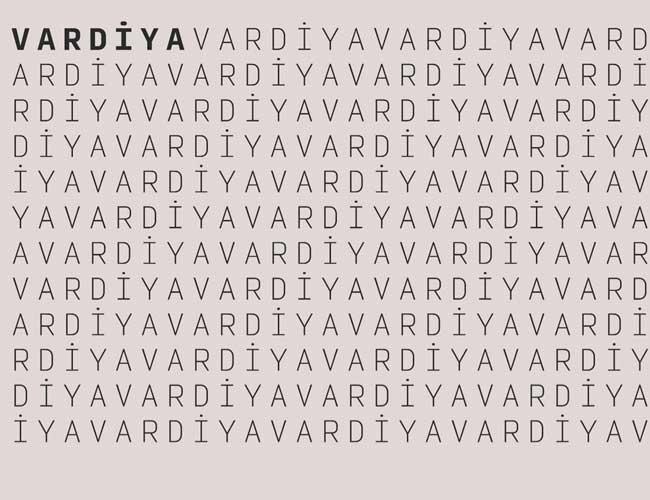
Curated by Kerem Piker and coordinated by the Istanbul Foundation for Culture and Arts (IKSV), the Pavilion of Turkey will present “Vardiya” (the Shift) at the 16th International Architecture Exhibition of la Biennale di Venezia taking place from May 26 to Nov. 25 this year.
The Pavilion of Turkey is located at Sale d’Armi, Arsenale, one of the main venues of the biennale.
Conceived in response to the theme of “Freespace,” the title of the Biennale Architettura 2018, Vardiya offers a program of public events with the Pavilion of Turkey, providing an open space for encounter, exhibition and production.
Envisioned as a spatial and temporal staging base, the Pavilion of Turkey will provide a participatory platform for workshops, digital roundtable discussions and meetings.
Piker’s curatorial program will welcome 122 international architecture students, as well as academics, professionals, keynote speakers and visitors, inviting a diversity of voices to participate in a continuous process of learning and production throughout the 25 weeks of the biennale.
Placing the study of architecture at the center of the program, the Shift launched an open call for video responses to the questions: Why does the biennial exist? What does the biennial do? For whom does the biennial exist?
Some 452 students from 29 different countries and 70 cities from the U.S. to China and India to Costa Rica applied for the project. Some 80 percent of the applicants were undergraduate students and 20 percent were graduate students, while 70 percent of the applicants were female and 30 percent were male.
Out of these applicants, 122 international architecture students will be invited to visit the Pavilion of Turkey in weekly shifts as active producers of the evolving exhibition content.
The program will kick off with video installations, through which participating students question the purpose and role of the biennial; 12 workshops run by invited professionals and student groups, focusing on a variety of topics; around 50 digital meetings, with participants from a range of disciplines; and six lectures by keynote speakers, including an international roster of leading architects.
Turkey opened for the first time at the 14th International Architecture Exhibition of la Biennale di Venezia in 2014, upon a 20-year allotment of the Arsenale with IKSV’s initiation and the contribution of 21 supporters.
At a recent press conference, Piker explained the conceptual framework of the project.
“Architecture is a field that is constantly expanding, transforming and renewing itself. As such, there is a need for environments where architectural knowledge is reproduced, shared and discussed, and the voices of new participants are heard,” he said.
“As the International Architecture Exhibition at La Biennale di Venezia is one of the most important informal learning arenas in architecture, we prefer to describe the Pavilion of Turkey as a space for meeting, encounter and production rather than merely an exhibition space. In order to strengthen and diversify participation, as well as expand the curiosity of new actors in the field, we organized an open call for applications to imagine the Pavilion of Turkey as a meeting space for architecture students from all over the world,” he added.
“Some 122 selected young architects will meet with professionals, academics and enthusiasts from different backgrounds, co-produce with scheduled programs and co-create an exhibition that expands on these productions. Along with the participants, who we believe are a crucial part of contemporary culture and architectural debate, as curious individuals asking questions and constantly improving themselves, we strive to understand each other and be productive together,” Piker explained.
“We also see this exhibition and the preparation process as an opportunity to rethink what a biennial does, for whom, and why it exists in our time,” he added.